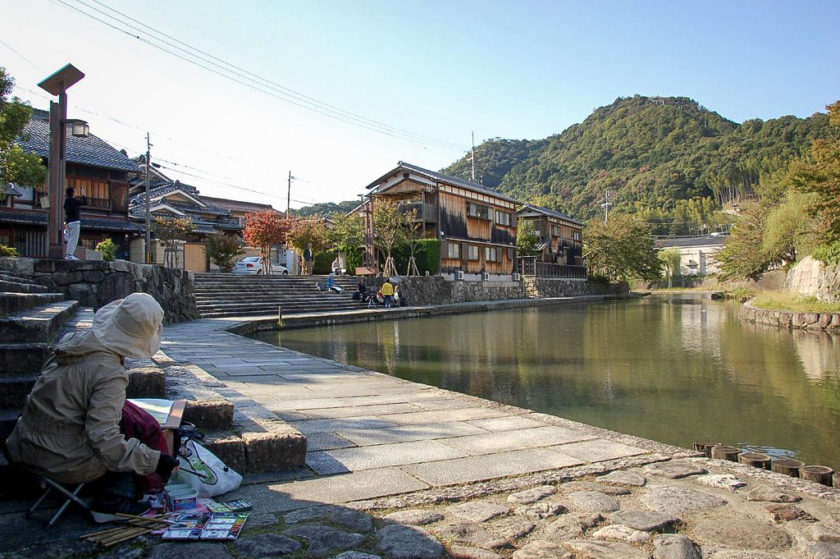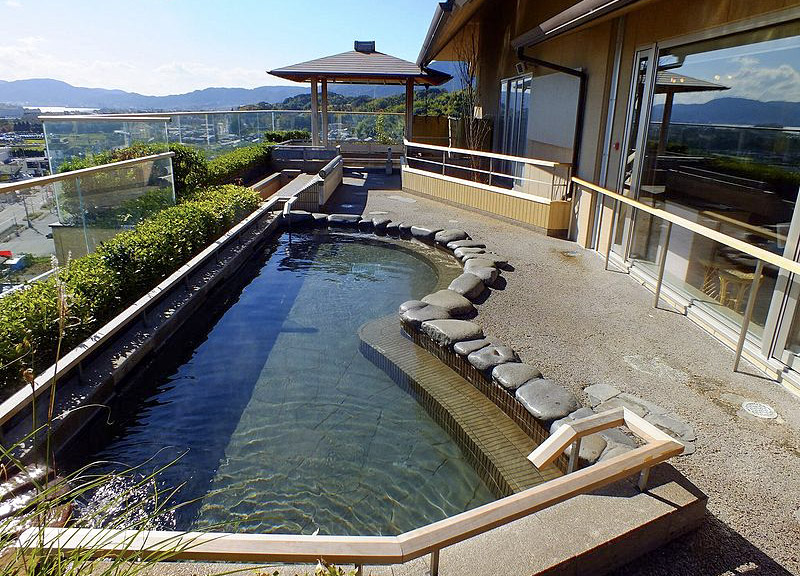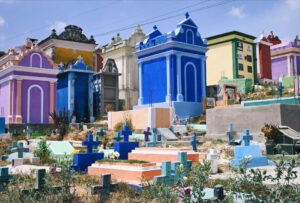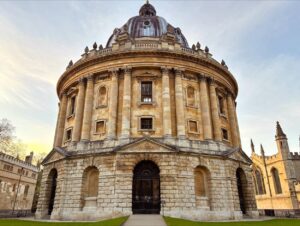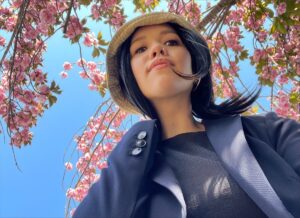
Author
Hannah Cook has been living and working in Osaka, Japan for the last 2 years. She enjoys seeing and trying new things and has been doing her best to experience everything Japan has to offer.
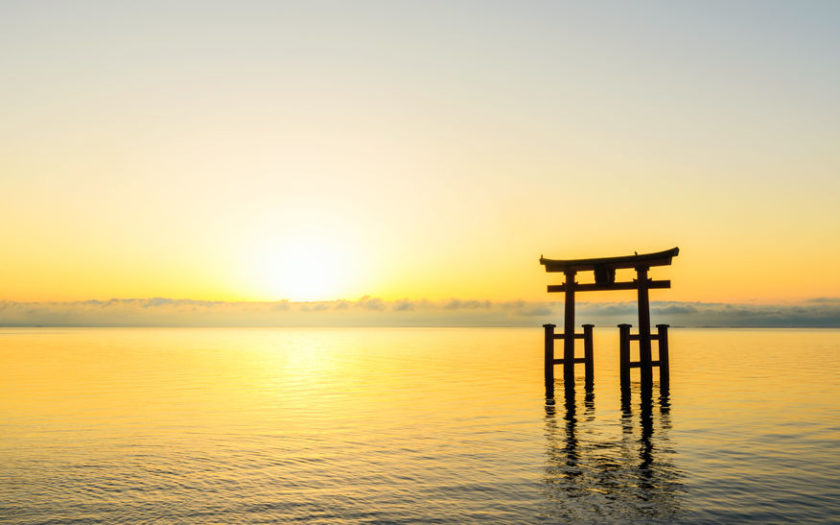
Lake Biwa is often missed by international travellers but is very popular as a domestic travel destination. For those living in the Kansai area, a day trip or weekend visit to Lake Biwa is a popular activity. The lake is so vast that there are a number of different places to visit and things to do surrounding it. With everything from beaches to hidden islands, Lake Biwa is a great addition to any Japan trip.
Lake Biwa is the largest freshwater lake in Japan, with over 235km of shoreline. It is located within Shiga Prefecture to the north-east of Kyoto. It is said to be over 4 million years old and features prominently in much of Japan’s literature. There are some activities to enjoy which make use of the full lake. These include cycling the perimeter. The prefectural government has installed cycling paths around the entirety of the lake, meaning the views are beautiful around the whole lake.
The full circuit is approximately 200km, which might be a lot for those who aren’t avid cyclists, but its a rewarding experience for the scenic views and there are rental bicycles available in most towns along the way. Cruises are another activity to take advantage of the full lake. There are a number of cruises available to take which explore different parts of the lake, often including some of the islands in the lake. This is a good way to hear the history of the lake and see a lot of areas in a short time. For some more specific places to visit surrounding Lake Biwa, Chikubu Island is a great place to start.
Chikubu Island
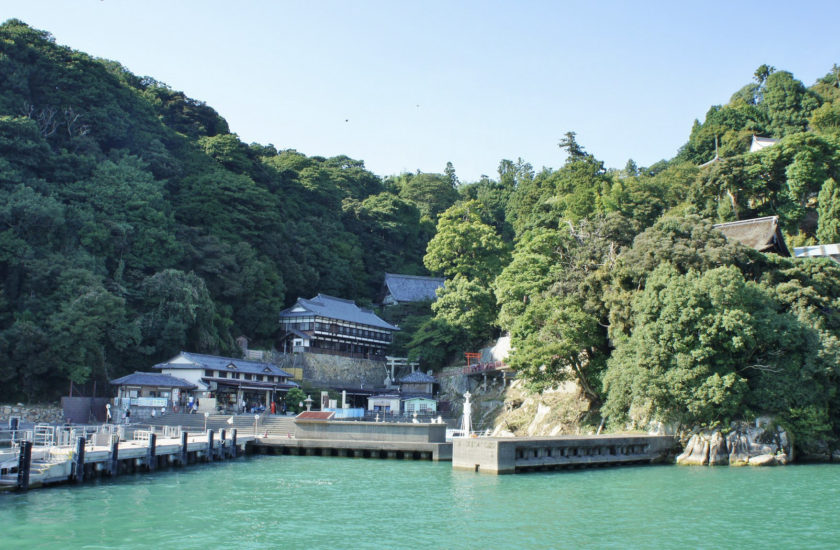
Chikubu Island is a small, uninhabited island in the north part of Lake Biwa. It is approximately 30 minutes from the shore via ferry. Chikubu Island is known as a spiritual place and is home to Hogon-ji Temple and Tsukubusuma-jinja Shrine. In fact, it is so spiritual that it is a considered a ‘power spot’. A ‘power spot’ is a place full of a mysterious, spiritual energy that can be healing and in some cases, can grant wishes. These ‘power spots’ have been gaining popularity in Japan and Chikubu Island is one of them.
The island is said to have been visited by Benzaiten, one of the Buddhist deities of happiness, which led to the temple being built there. This is one of the three Great Shrines of Benzaiten, which also includes Miyajima in Hiroshima. The temple and shrine are connected, which is a symbol of the synchronicity of the two main religions, Shintoism and Buddhism. The island is covered with wild forest and walking around the island can give the feeling of being truly in nature, away from society. It is a calm and tranquil place, perfect for experiencing something different to the average temple or shrine.
Omi-maiko Beach
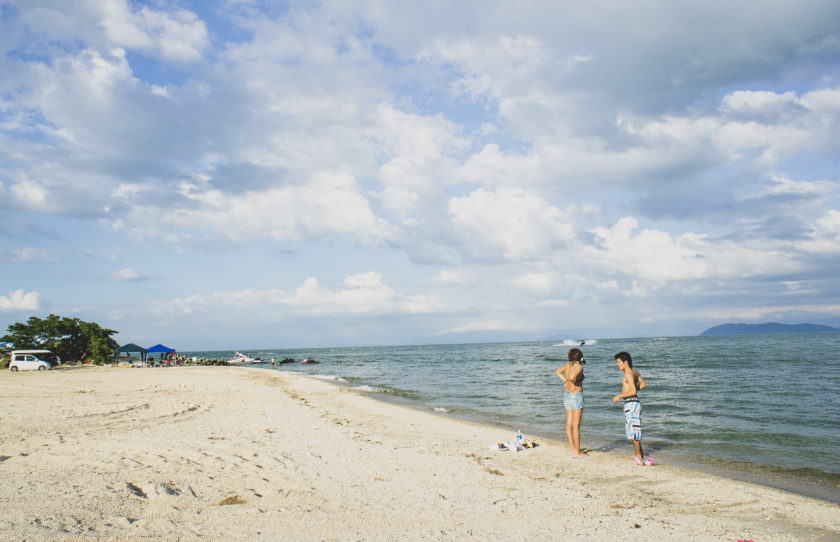
For something more lighthearted, grab your swimwear and head to Omi-maiko Beach, the most popular beach of Lake Biwa. It is a great alternative to travelling out to the sea for those living in the nearby landlocked prefectures. The beach is surrounded by groves of green fir trees with mountains in the background, ideal for hiking if you’re after more than just sunbathing. There are also barbeque facilities available and camping grounds nearby, making Omi-maiko Beach a popular overnight trip.
The beach has light waves and is relaxing for swimming. However, wind-surfing is also popular activity at this beach. During summer it can get busy, but a short walk along the beach will find less crowded areas. In the off season, a number of shops in the town close, so it’s a good idea to prepare food ahead of time. Omi-maiko Beach is a great way to enjoy the nature of Lake Biwa, from the beach to the surrounding forest.
Omi-Hachiman
On the other side of the lake is the small town of Omi-Hachiman which has retained its traditional charm. It is different from a lot of other small towns in Japan in that it used to be a merchant town and there are canals running through the town that were used to transport goods. Such a setting has given the town the nickname ‘miniature Venice’ by tourists. It is now possible to take boat tours using these same canals to learn the history of the town.
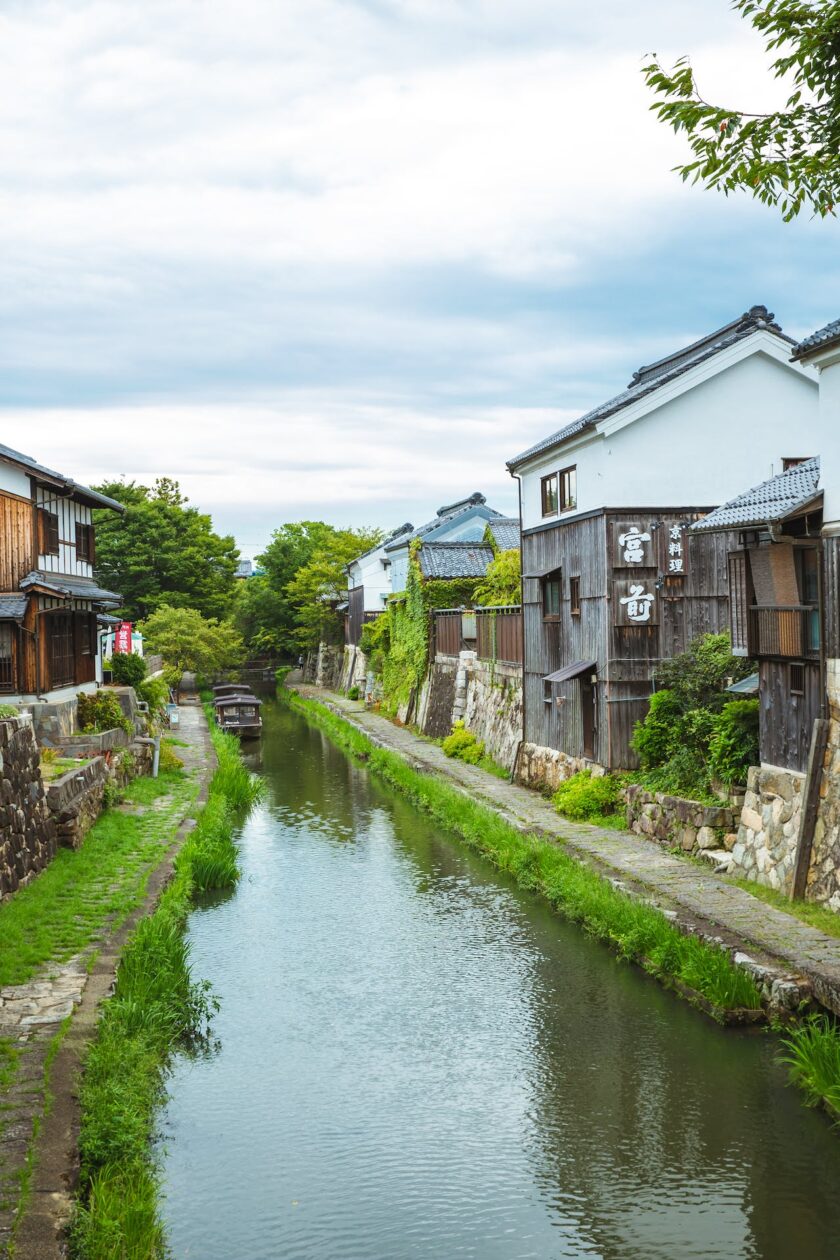
Throughout the area there are many examples of how people lived traditionally, with both the Omimachiman City Museum and Shin-machi Dori street. Nearby is Himure Hachimangu Shrine, built during the Heian Period at the top of Mt. Hachiman and moved down the mountain in 1590. The shrine was originally dedicated to the God of War and has been visited by many powerful figures in Japan’s history.
Near to this is the Hachimanyama Ropeway. This is a quick ropeway to the top of Mt. Hachiman. At the top there are wonderful panoramic views of Lake Biwa and the surrounding area. There are also a number of art installations at the top of the mountain, themed around ‘love’. The town of Omi-hachiman and the surrounding areas are an interesting insight into a lesser-known part of Japan’s history, the merchants and their lives.
Ogoto Onsen
Ogoto Onsen is located on the western side of Lake Biwa. This is an onsen area with a number of different traditional Japanese inns included as part of the onsen. These hot springs were first used for onsen baths around 1200 years ago. They have a high alkaline level, with a pH of 9. This is considered helpful for a number of medical conditions, including muscle pain, neuralgia, and exhaustion. Due to the number of businesses using the onsen water, it is easy to find an onsen style to suit your personal preferences. There are some which are very traditional in their layout, while others are more modern.
There are some which offer an open-air bath to be able to take in the fresh air while enjoying the hot springs. Some also have beautiful views of Lake Biwa from the onsen baths. In the south of Ogoto Onsen, there is a temple named Hokoj Temple. There is a pond in the grounds of the temple from which subterranean water is said to bubble up eternally. Some people believe that drinking this water can cure illnesses. Using one of the onsens or staying at one of the onsen inns of the Ogoto Onsen area is a great way to relax and enjoy the area.
Where to stay in Ogoto Onsen
Whether you’re looking for a luxurious ryokan experience or a cosy hotel with hot spring amenities, Ogoto Onsen has options to suit different tastes and budgets. Staying in Ogoto Onsen allows you to fully immerse yourself in the therapeutic hot springs and enjoy the serenity of the surrounding natural beauty.
Recommended accommodation: One place that definitely ticks a lot of boxes is hotel Biwako Hanakaido. It features outdoor and indoor hot-spring baths and beautiful views overlooking Lake Biwa.
Biwako Valley
While Lake Biwa has beaches and plenty of summer activities, it is also home to Kansai’s main ski slopes. Biwako Valley is a large mountain resort which can be reached by cable car. It is considered one of the most advanced cable cars due to it’s speed and glass-sided cars. During winter, the mountain is open to a number of snow activities. Skiing is popular, as is sledding and snowboarding. There are lessons available in English for first-time visitors and there are rental skis/equipment. The main slope provides a stunning view of Lake Biwa to those skiing, as well as an optional ‘forest course’. There are cafés and a resort nearby for when it’s time to take a break from the snow, or for overnight stays. One of the cafés has an infinity lounge, offering truly spectacular views over Lake Biwa. Biwako Valley is also popular during spring when various flowers bloom but winter is its true time to shine.
Final thoughts
Lake Biwa is the often overlooked, often underrated star of Kansai. With an area of 670km², it is so large that there are completely different experiences to be had in every part of the lake. From beaches in summer to ski slopes in winter, Lake Biwa really has it all. Not only this, but it has a fascinating history and is a great way to experience Japan ‘off the beaten track’. Lake Biwa has been significant to Japanese history and literature for centuries, and now it’s time for the rest of the world to discover it too.

